OBO Bettermann Lighting protection
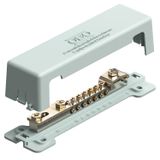
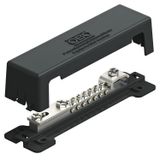
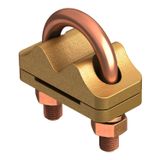
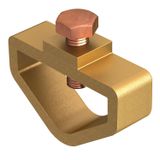

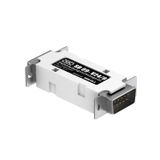
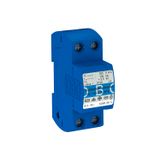
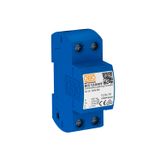
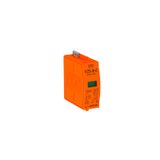

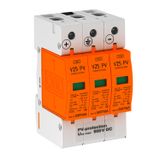
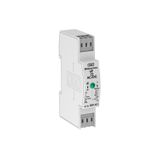



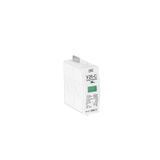

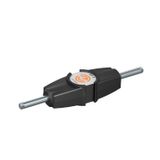
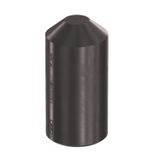

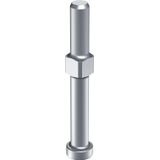
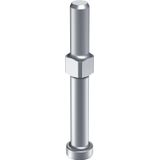

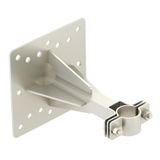
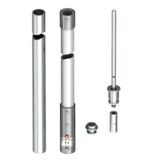
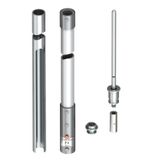


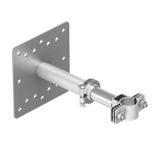
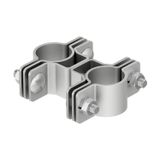
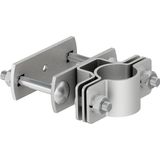

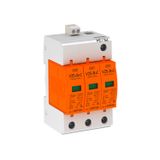
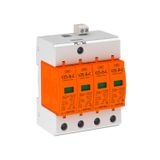
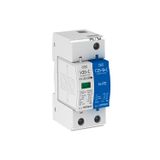

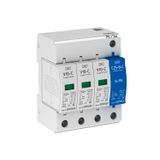


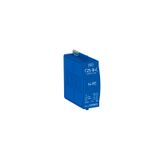
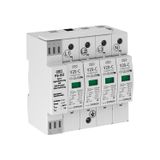

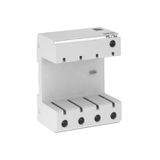
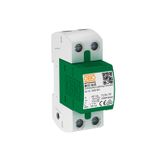
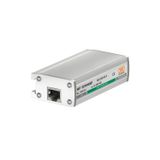
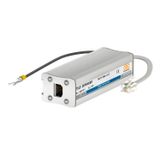


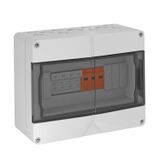
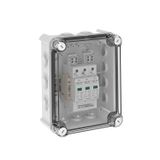
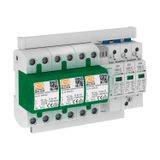
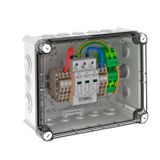



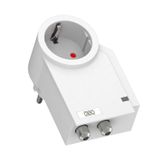
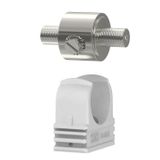


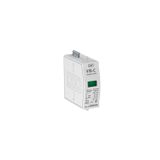
Understanding the Role of Surge Protection
Every electrical or lighting installation—from commercial lighting systems to data centres—requires protection against transient over-voltages: lightning strikes, switching surges, and induced spikes. The OBO range of surge protection devices (SPDs), lightning arresters and grounding systems fulfil this by limiting voltage to safe levels (e.g., ≤1.3 kV for many models) and providing discharge capability (e.g., up to 50 kA or more) per pole.
Failure to deploy adequate protection can lead to damage of LED luminaires, drivers, control systems, data networks and can void warranties.
Key Technical Specifications for OBO SPDs
- Discharge current ratings: For example a type 1+2 arrester (4-pole, item 5093631) handles lightning surge currents of 12.5 kA (10/350 µs) per pole and total up to 50 kA (10/350 µs).
- Protection level (Up): Many OBO devices specify Up ≤ 1.3 kV (phase-to-neutral) or ≤ 1.5 kV (N-PE) at defined currents.
- Maximum continuous operating voltage (Uc): e.g., 255 V AC for single-phase devices, 280 V for 3-phase versions.
- Response time: Typically <25 ns for varistor/spark-gap types.
- Test class/type: Type 1 (for direct lightning), Type 2/Type 3 (for secondary protection) per EN 61643-11/IEC 61643-11
- Installation form-factor: DIN-rail mount, 35 mm standard hat-rail, width (e.g., 8 TE divisions) indicated.
- Environmental rating: IP20 typical for indoor panels; IP65 variants exist (e.g., LED-system protection for mast box) with 20 kA (8/20) rating.
Device Families & Use-Case Breakdown
1. Main Surge Protection (Type 1/1+2)
Use where external lightning protection exists and large transient currents are expected—incoming supply, campus substations. Example: 4-pole device for 230/400 V systems rated for 50 kA lightning current per pole.
2. Secondary Surge Protection (Type 2/3)
Placed downstream of main protection in distribution boards for sensitive loads (LED lighting systems, control panels). Example: ÜSM–10 device for LED systems, 10 kA (8/20) discharge capacity, protection level ≤ 1.5 kV.
3. Specials & Application-Specific SPDs
Including PV-system arresters (V-PV-T1+2-1500, 1500 V DC rating) for solar installations
Also modules with remote signalling, visual function display, DIN-rail plug-in bases allow quicker maintenance and status check.
Specification & Procurement Checklist for Large Projects
Before specifying or ordering OBO lighting-protection equipment, ensure you verify:
- System voltage & network form: 1-phase 230 V, 3-phase 400 V, TN-S, TT etc.
- Surge protection class required (Type 1, Type 2, Type 3) based on lightning protection zone (LPZ) concept.
- Discharge current rating (Ie or Iimp) matches installation risk: e.g., large campus vs normal commercial.
- Protection level (Up) less than the withstand voltage of downstream equipment (drivers, LED modules, controls).
- Mounting/dimensions: DIN-rail width, height clearance, additional blocking space.
- Envionmental conditions: ambient temperature, IP rating (IP65 needed for outdoor/outdoor cabinets).
- Maintenance features: visual status display, remote signalling, plug-in modules for replacement.
- Documentation & compliance: Certifications (EN 61643-11, IEC 61643-11, VDE 0185-305) must be available.
Failing to check even one parameter can lead to under-protection (risk of damage) or over-specification (unnecessary cost).
Practical Value for B2B Buyers
- In a typical commercial lighting retrofit: protecting LED luminaires and drivers using OBO Type 2 modules can avoid premature failure—drivers costing €100-300 each, bulbs/plugs costing €50; repeat replacements in large estates are high cost.
- Example: an installation of 1 000 LED luminaires at €150 each = €150k asset value; a surge event knocks out 2% without protection → cost €3k just in assets, not including labour downtime. SPDs cost ~€40-60 each; investing can yield high ROI
- Maintenance logistics simplified by choosing one brand (OBO), one accessory family, one spare-module type. Stocking fewer models reduces spare-parts cost and simplifies procurement.
- Project tendering: OBO provides tools (OBO Construct) to generate BOMs, connection diagrams, tender text and Excel export.
Why Standardising on OBO Brand Adds Value
When entire protection systems (main SPD, sub-SPD, data line SPD, PV SPD) are from the same manufacturer (OBO), you benefit from: consistent connection logic; unified spare-modules; same lifetime/performance data; simplified training and servicing; fewer interfaces between brands. For multi-site roll-outs, that means fewer variants, less confusion, better pricing.
Supply & Procurement Terms via Bank of Lamps
- Volume‐based commercial pricing scaled for project size and repeat orders.
- Dedicated account manager for OBO protection systems: assists spec review, compliance documentation, lead‐time coordination.
- Live warehouse inventory visibility across central and partner hubs—helps plan multi-phase deployment.
- Quotation turnaround typically within one business hour—supports tight tender timelines.
- Ordering via EAN/MPN lists for accurate multi‐line orders.
- Downloadable spec-sheets, cut-sheets, connection diagrams, BIM files—ready for specification and installation teams.
- Consolidated delivery of SPD modules, mounting accessories, documentation to reduce logistics cost.
- Freight cost estimate shown in advance; final cost locked prior to dispatch.
Purchase‐history dashboard to track past orders, spare usage, version changes and multi‐site roll‐out planning.